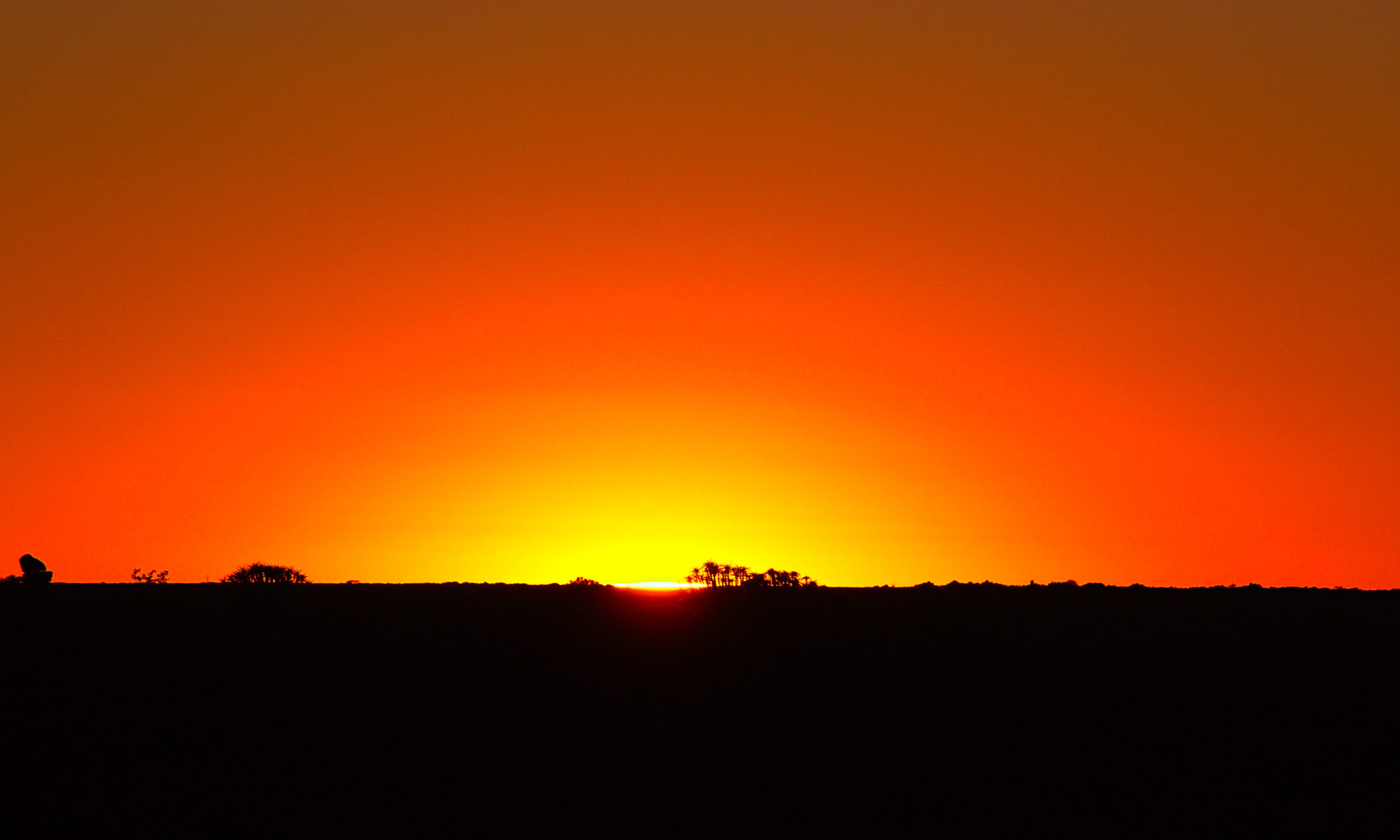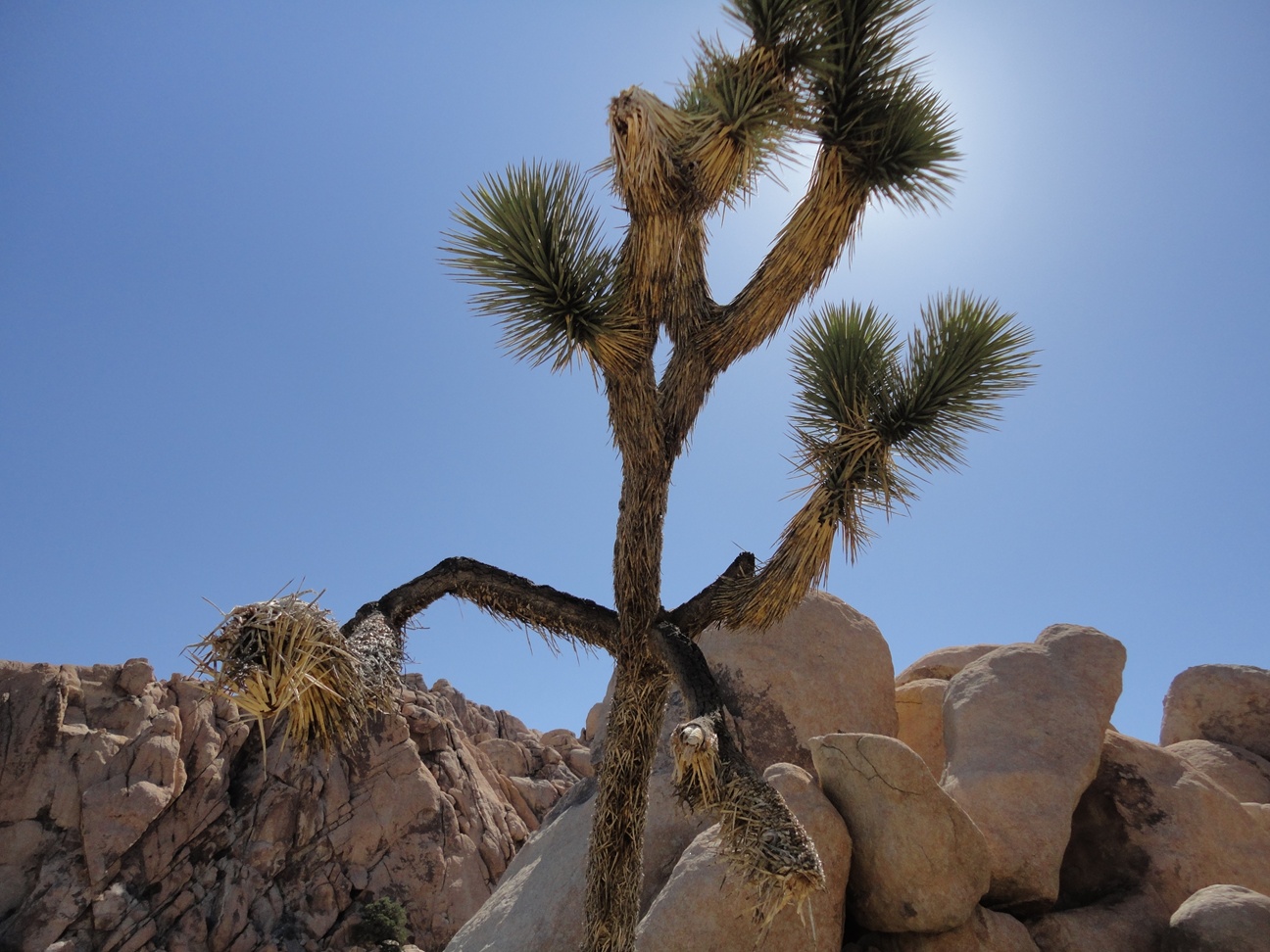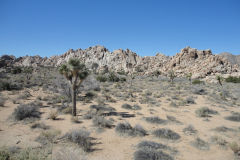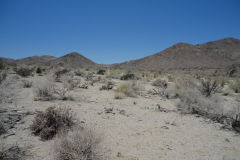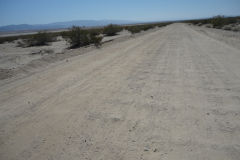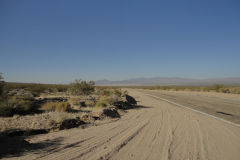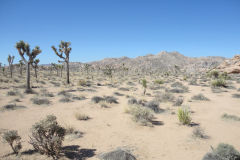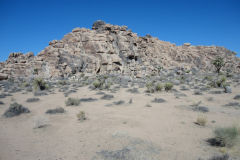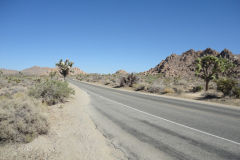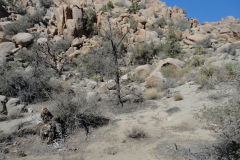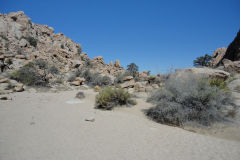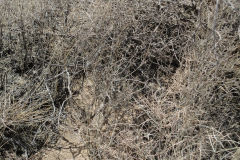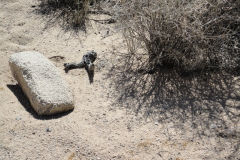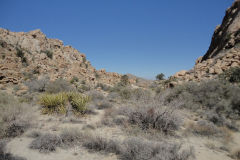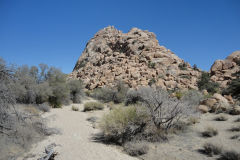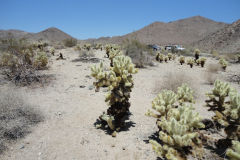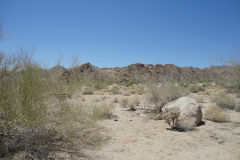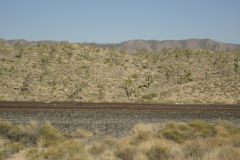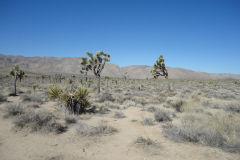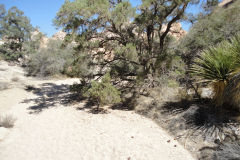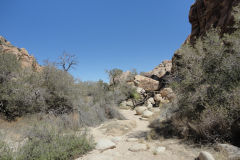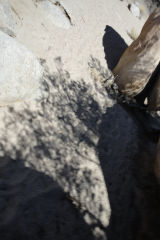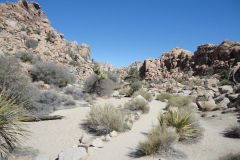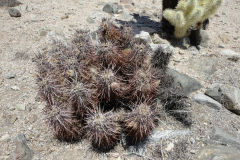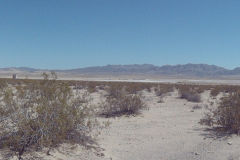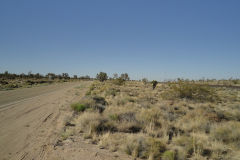Joshua Tree National Park is a unique and beautiful desert landscape located in Southern California. The park is known for its distinctive Joshua trees, rugged rock formations, and diverse wildlife. It is a popular destination for hikers, rock climbers, and nature enthusiasts.
The park is named after the Joshua tree, a type of yucca that is found throughout the park. These trees are known for their spiky leaves and twisted branches, and they are a signature feature of the park’s landscape. The park is also home to other unique desert plants such as the cholla cactus and the ocotillo.
The park is also home to a diverse range of wildlife, including the desert tortoise, bighorn sheep, and a variety of birds. The park is also home to the desert night sky, which is recognized as an International Dark Sky Park and offers visitors opportunities to gaze at stars and planets
The park’s geology is also noteworthy, it is located at the boundary between the Mojave and Colorado deserts and it includes two distinct desert ecosystems. The higher, cooler Mojave Desert is home to the Joshua tree and other unique desert plants. The lower, hotter Colorado Desert is home to the cholla cactus and other desert plants that can tolerate extreme heat and aridity.
The park’s geology also includes an abundance of rock formations and cliffs, which are popular with rock climbers. Some of the more famous rock formations include the „Wonderland of Rocks“ and „Ryan Mountain.“
The park’s history goes back to the indigenous people who have lived in the area for thousands of years. The park has many historical sites, including the Key’s Ranch, which was a homestead built in the early 1900s, and the Oasis of Mara, which was a stopover for travelers along the Old Spanish Trail.
Joshua Tree National Park is a unique and beautiful desert landscape that offers visitors a chance to explore its natural beauty, wildlife, and geological features, and to learn about its history. The park’s Joshua trees, rock formations, and diverse wildlife make it a popular destination for outdoor enthusiasts, and its dark skies make it an ideal destination for stargazing. The park offers a variety of recreational activities, including hiking, rock climbing, and camping, making it a perfect destination for visitors seeking an unforgettable experience in nature.
History
Joshua Tree National Park, located in Southern California, has a rich and diverse history that spans thousands of years. The park is named after the Joshua tree, a type of yucca that is found throughout the park and is a signature feature of the park’s landscape. The park’s history goes back to the indigenous people who have lived in the area for thousands of years, the Cahuilla and Serrano tribes, who have a deep spiritual connection with the land and its natural features.
The park’s history also includes the early explorers and settlers who traveled through the area. The Old Spanish Trail, which was a trade route that connected New Mexico to California, passed through the park. The park also has many historical sites, such as the Key’s Ranch, which was a homestead built in the early 1900s, and the Oasis of Mara, which was a stopover for travelers along the Old Spanish Trail.
In the early 20th century, the area that is now Joshua Tree National Park was mostly used for mining and ranching. Miners extracted gold, silver, and copper from the area, and ranchers raised cattle and sheep. The area was also used for military training during World War II. However, as the mining and ranching industries declined, the area began to be recognized for its natural beauty and ecological significance.
In 1936, President Franklin D. Roosevelt signed a bill creating Joshua Tree National Monument, which protected 825,000 acres of the park’s desert landscape. In 1994, the monument was expanded and renamed Joshua Tree National Park, which now covers over 790,000 acres.
The park’s history also includes the Civilian Conservation Corps (CCC) program, which was established during the Great Depression to provide employment and improve the nation’s natural and cultural resources. The CCC built many of the park’s facilities, including roads, trails, and campgrounds, which are still in use today.
Joshua Tree National Park has a rich and diverse history that spans thousands of years. From the indigenous tribes who have lived in the area for thousands of years to the early explorers and settlers, the park has been shaped by human interaction and natural forces. The park’s history is an important aspect of its identity, and it continues to shape its present and future. The park is a living museum that tells the story of human and natural history, making it an ideal destination for visitors interested
Geology
Joshua Tree National Park, located in Southern California, is known for its unique and diverse geology. The park covers over 790,000 acres and includes two distinct desert ecosystems, the Mojave Desert and the Colorado Desert. The park’s geology is a result of millions of years of tectonic activity, erosion, and weathering that have shaped the landscape into the rugged and beautiful terrain that visitors see today.
The park’s geology is characterized by a variety of rock types, including granite, gneiss, schist, and quartz monzonite. These rocks are part of the Mojave Desert batholith, which is a large mass of granitic rock that was formed deep beneath the earth’s surface. The batholith was uplifted and exposed by erosion and tectonic activity, and it forms the foundation of the park’s landscape.
The park’s geology also includes a variety of rock formations such as the „Wonderland of Rocks“ and „Ryan Mountain“ which are popular with rock climbers. The park is also home to a variety of unique desert plants, including the Joshua tree, cholla cactus, and ocotillo, which are adapted to the harsh desert environment.
The park’s geology is also shaped by erosion, weathering, and the movement of water. The park’s waterways, such as the Pinto Basin and Lost Horse Valley, have carved deep canyons and created natural oases that are home to a variety of desert plants and animals.
The park’s geology also includes a variety of faults and fractures that have been created by tectonic activity. The park is located near the San Andreas Fault, one of the most active and well-known faults in the world, which is responsible for the creation of the valley and the formation of the Santa Cruz Mountains and the Diablo Range.
